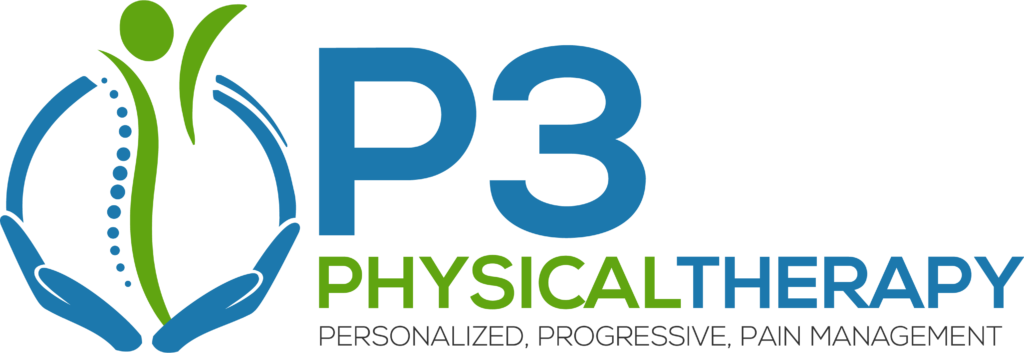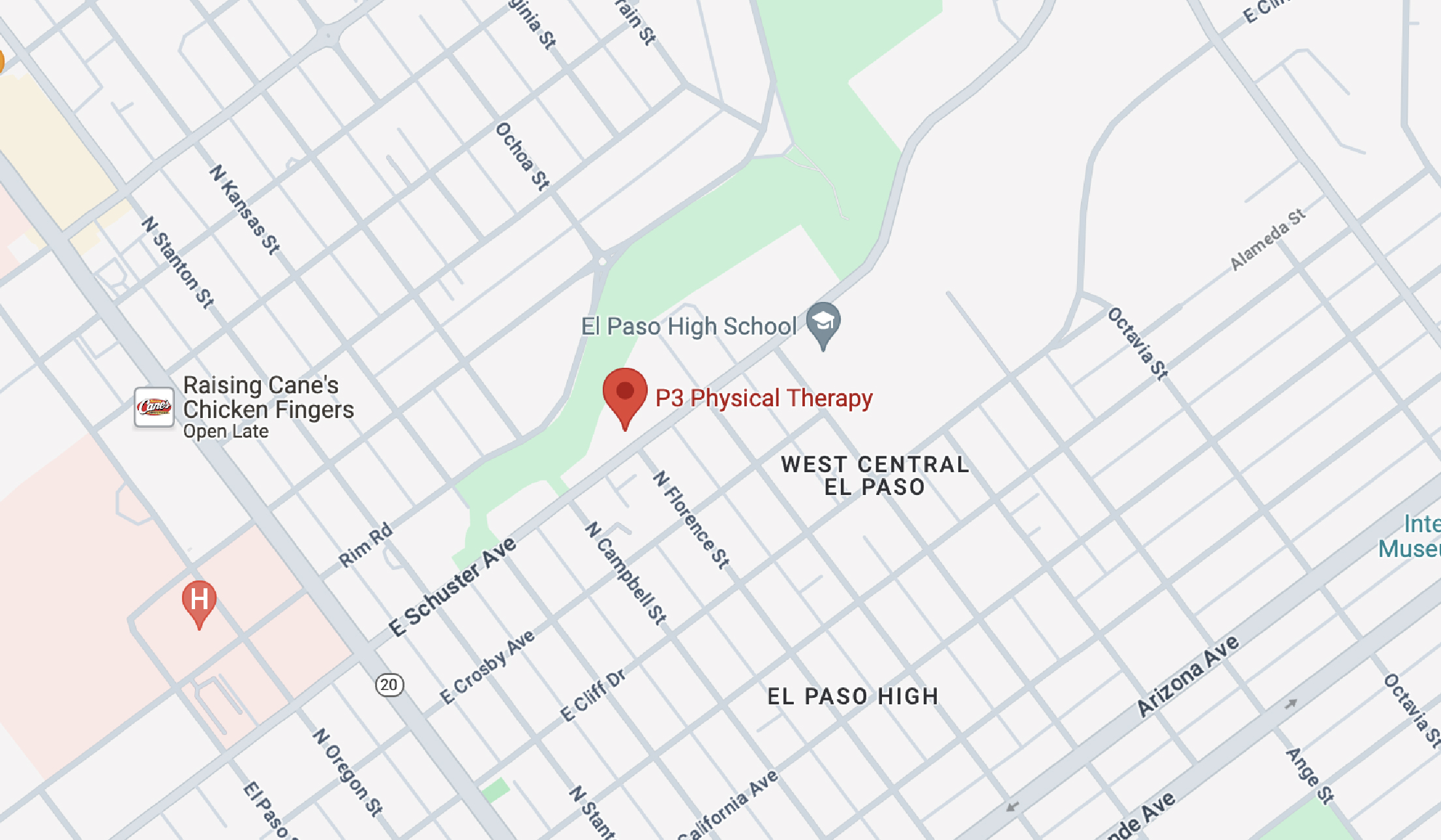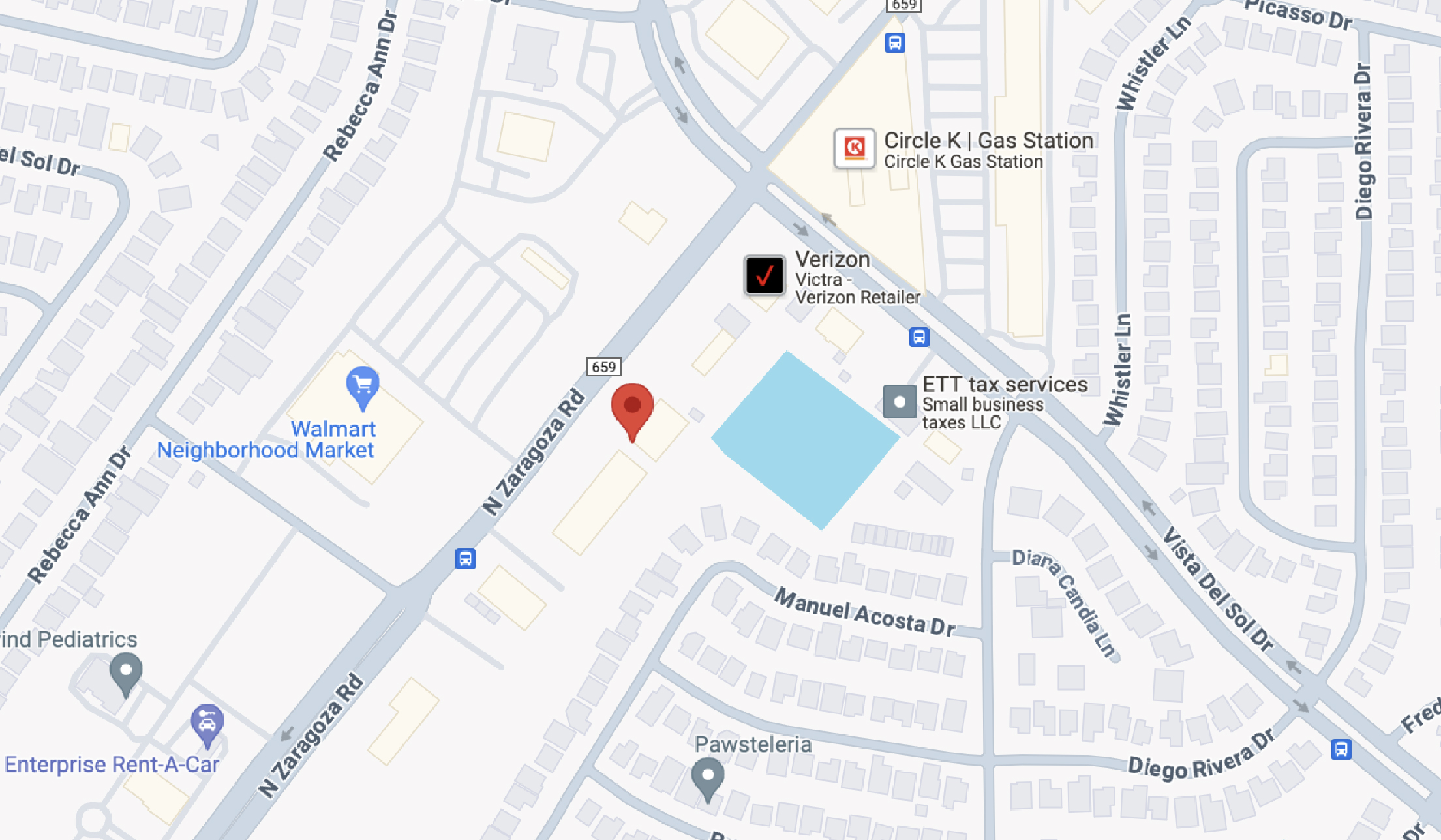
Are you looking for some relief from chronic nerve pain? Call P3 Physical Therapy to learn about how we can help.
The Complexity of Neuropathy and Common Treatments
Nerve pain—also known as neuropathic pain or neuralgia— is acute or chronic pain caused by a functional impairment in the nervous system. The feeling of neuropathic pain is quite different from other types of pain such as muscle pain or pain that originates in the joints.
Nerve pain produces more of a tingling or numbness. People will also often experience a shooting pain or stabbing sensation. This description likely fits the bill for nerve pain and indicates direct irritation or injury to the nerve.
Neuropathic pain can be tricky to treat or mitigate because of how the pain manifests in the body. For example, if a person suffers a bulging disk injury, this will likely press on a nerve and send the pain down to the glutes or the leg. If there is nerve damage in one part of the body, the pain can shoot to another part of the body.
How does Nerve Pain Originate?
Pointing out the origin of the pain requires a deep understanding of your condition or injury and a thorough medical exam, but it can generally be a result of damage to tendons, muscles, or joints.
Nerve pain can also happen due to traumatic injuries, infections, metabolic problems, inherited conditions, thyroid issues, Vitamin B deficiencies, excessive medication intake, etc. A medical professional will establish whether the pain is a neuropathic pain and where it might be originating based on where you feel the pain and what it feels like.
Signs of neuropathic pain:
- Feels like burning or tingling
- Sharp jabbing pain
- The pain comes and goes
- Sometimes it is a shooting pain
Types of neuropathic pain:
- Peripheral neuropathy
- Autonomic neuropathy
- Entrapment neuropathy
- Phantom limb pain
- Focal neuropathy
- Proximal neuropathy
- Trigeminal neuralgia
How Does Physical Therapy Help People With Nerve Pain?
Physical therapists are movement specialists that seek to restore health to the body to reduce pain and improve the ability to move. Depending on what kind of nerve pain, its causes, and the patient, the approach may vary.
Common approaches include:
#1 Strengthening exercises
- A large component of physical therapy has to do with strengthening the body and muscles so that they function properly, restore range of motion, and increase blood flow. When it comes to treating nerve damage, strength training is also a major component of mitigating pain. Doing guided exercises and targeted stretching can sometimes provide some relief.
#2 Manual Stretching
- Stretching muscles is an effective way to releasing tension and improving posture. When muscles and tendons become too tight, it can cause tension that often manifests as nerve pain.
#3 Soft Tissue Manipulation
- When it comes to sprains, tendonitis, or other stress injuries, soft tissue manipulation is also used to improve tension.
#4 Range of Motion Exercises
- Range of motion can tell your physical therapist a lot about problem areas that need to be addressed. If you are lacking in mobility, improving this range of motion can be effective in releasing tension, improving circulation, and releasing pain.
#5 Balance and Coordination Activities
- For people that suffer from peripheral neuropathy, improvements to balance and coordination can help. These exercises are targeted at reducing the feeling that you are falling.
Using TENS (Transcutaneous Electrical Nerve Stimulation) in Physical Therapy
Depending on the kind of pain you are experiencing, your physical therapist might recommend the use of a TENS machine. This device is a battery-operated device that is connected to sticky pads called electrodes. These sticky pads attach to the skin and, when placed appropriately, can help relieve pain and relax muscles in certain areas. The process can also spark the production of endorphins, which are the body’s painkillers.
Are You Suffering From Nerve Pain? Contact a Movement Specialist
If you’re suffering from pain, there is treatment out there. Physical therapy is a non-invasive treatment that helps you learn about your own condition and improve your movement through exercise, manual therapies, and electrical stimulation.
Are you looking for relief from your pain? Contact the team at P3 Physical Therapy in El Paso and learn more.


